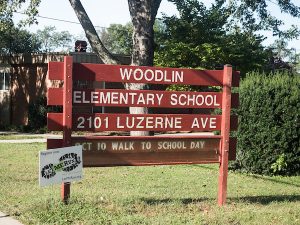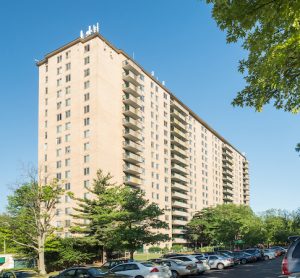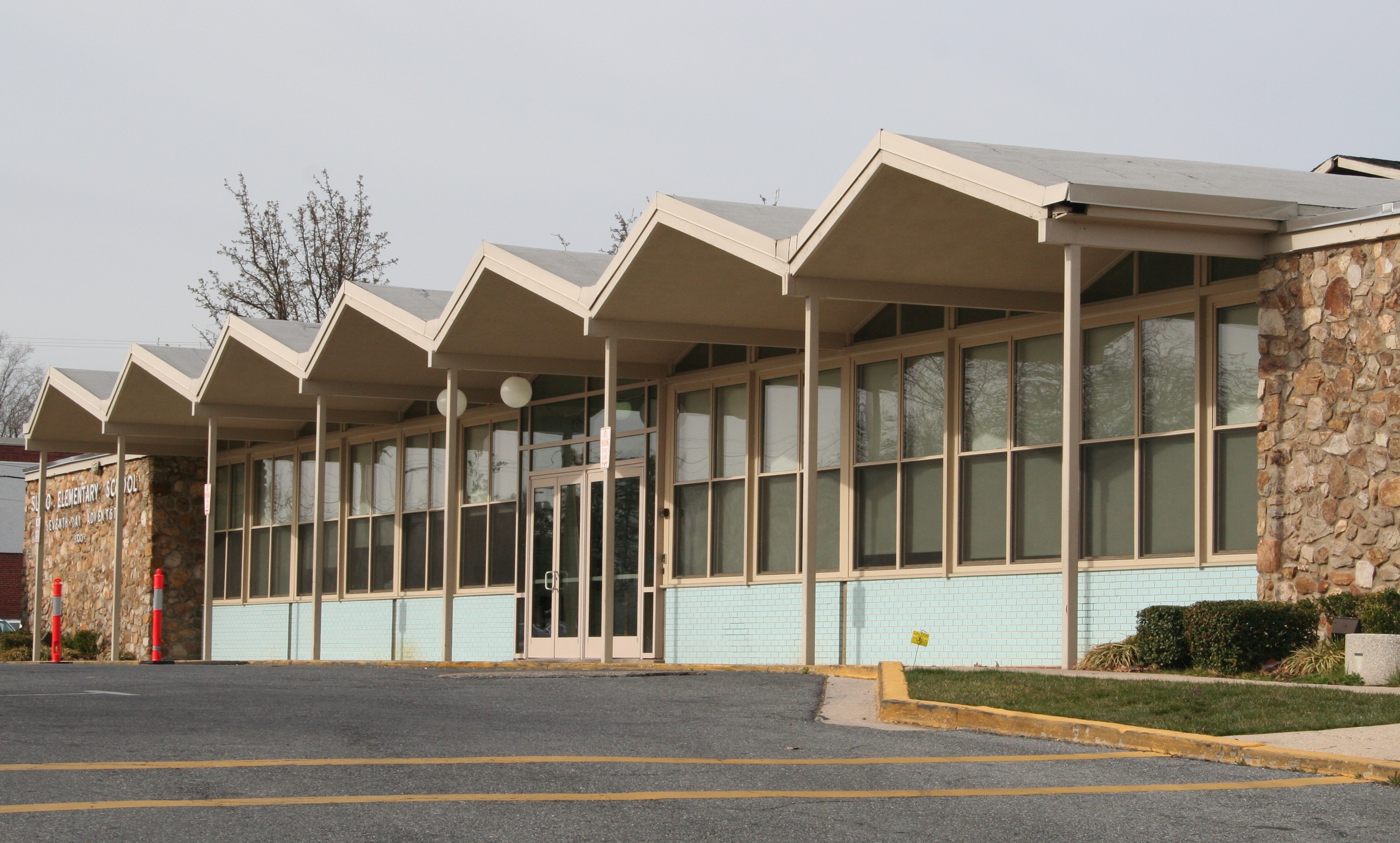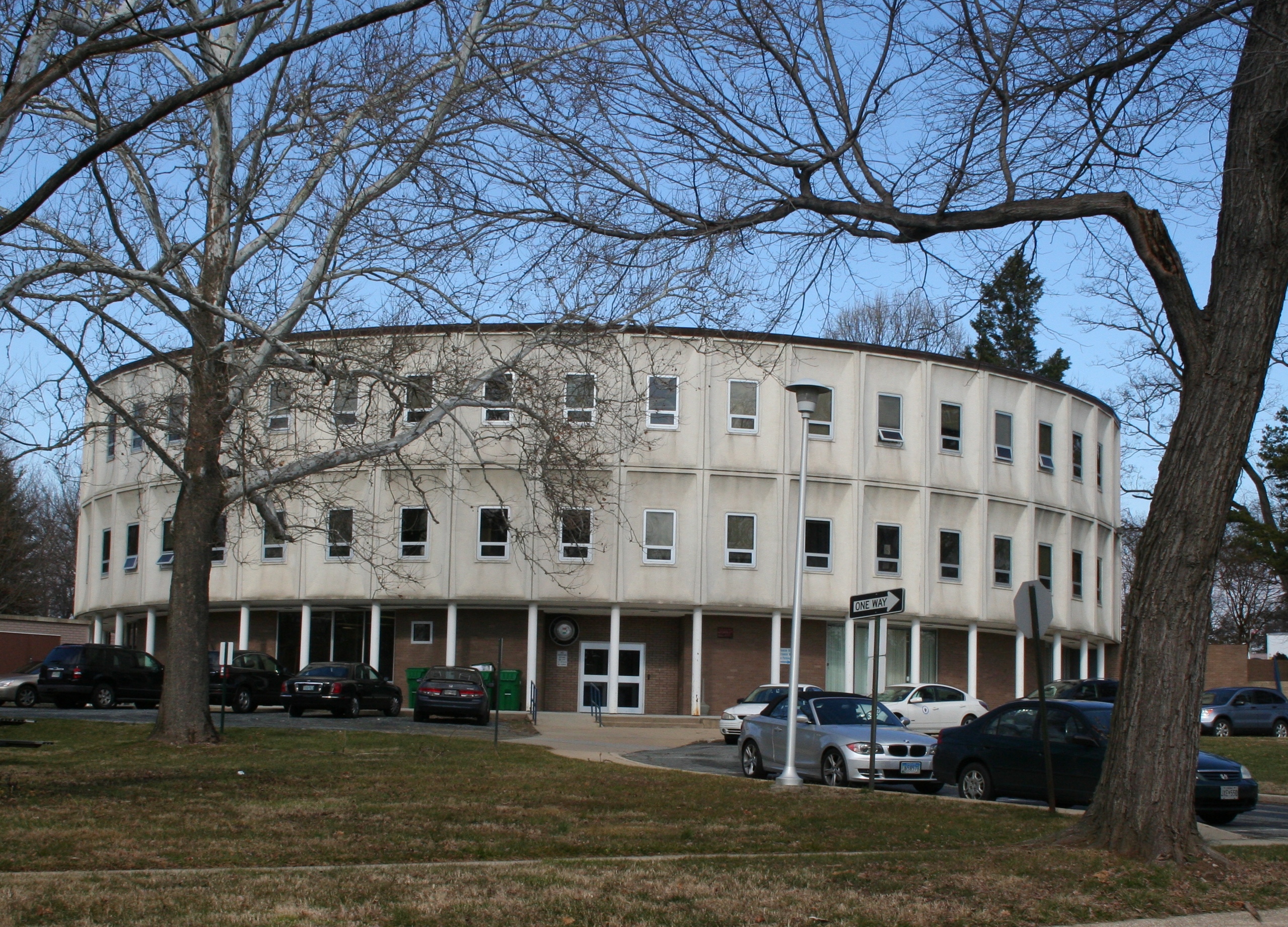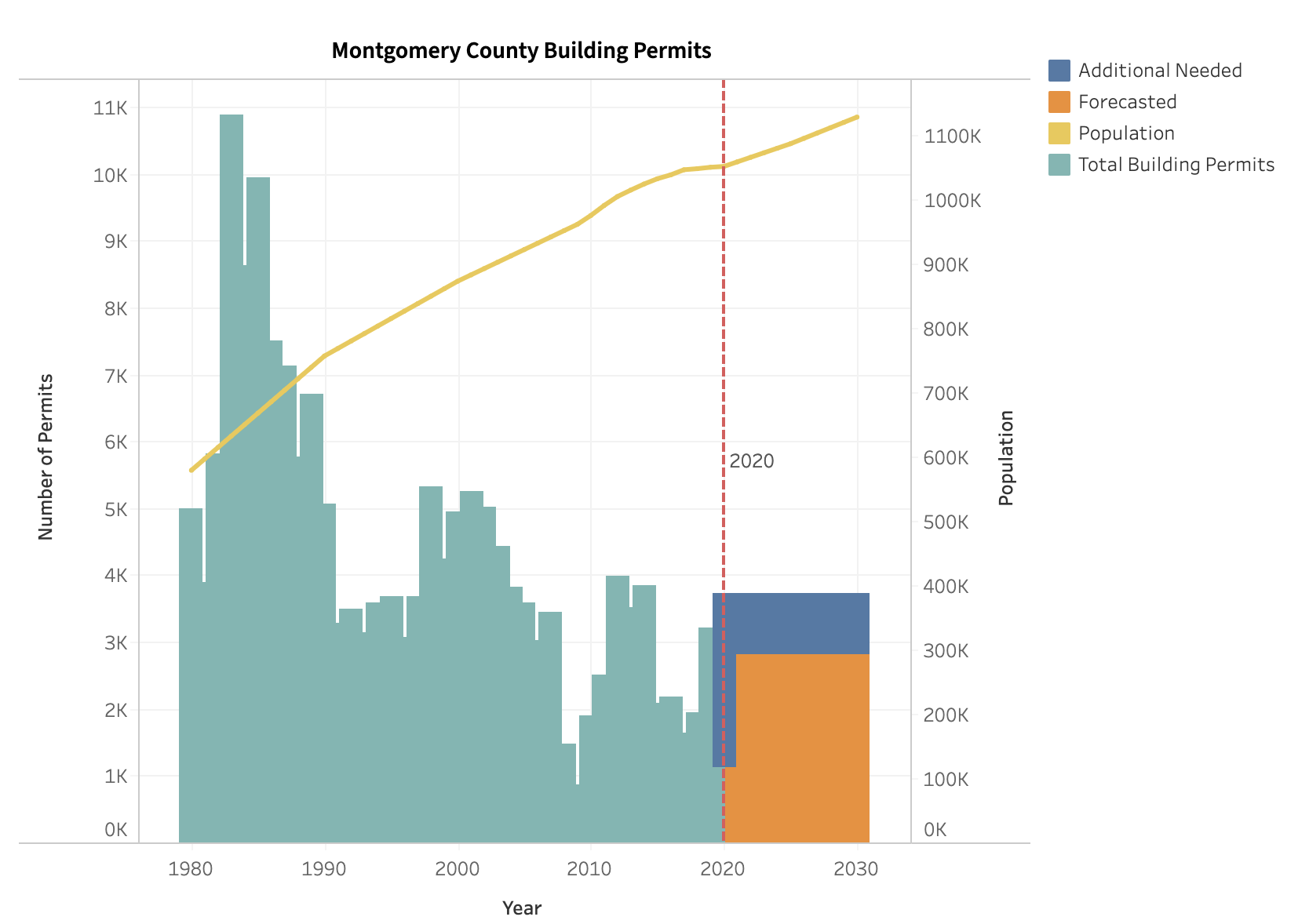
The Montgomery County Council has the chance to better the County’s future by voting to approve the County Growth Policy
We’ve grown accustomed to the idea that developers are expected to pay a large part of the cost of building schools, based on the eminently reasonable theory that the construction of new housing generates demand for classroom space as families move into the housing, have children, and send them to local schools. If the schools get too crowded, county rules impose a moratorium on the development of new housing until classroom space is made available to “catch up.”
The logic behind this approach appears unassailable. If new housing produces a need for more seats in schools, it follows … Continue reading
